Index

Part 1: Silent Dual Dissipation coolers
We decided to install a few games and take our new test bed for a spin. The new rig is based on EVGA’s Z77 motherboard with Intel Core i7 3770K and Windows 8 and we decided to share our first impressions. Windows 8 gaming is no different than Windows 7 gaming, but Windows 8 could irk some users due to its focus on tablet-like touch features. However, that’s beside the point and let’s get back to some gritty benchmarks and XFX Radeons.
We’ll kick off with all current-generation XFX cards we had a chance to test. Although the benches will focus solely on XFX cards, the results can also be applied to other Radeons, providing us with an insight into 1080p performance multiple several price points. AMD and Nvidia recently rolled out new drivers which greatly improve performance in some titles, and of course we will use the latest drivers. We’ll also cover some reference boards from other AIBs, as well as Nvidia cards over the next few days.
The weakest graphics card included in the test is the XFX Dual Dissipation Radeon HD 7750. It runs at reference clocks, as the GPUZ screenshot confirms. The main selling point of this particular card is its high quality heatsink, which is completely silent. Although the DD HD 7750 ranks dead last on our charts, it must be noted that the cards were tested in 1080p, with maxed out details, with antialiasing and anisotropic filtering. However, at lower settings many games become playable with the DD HD 7750, even at 1080p.
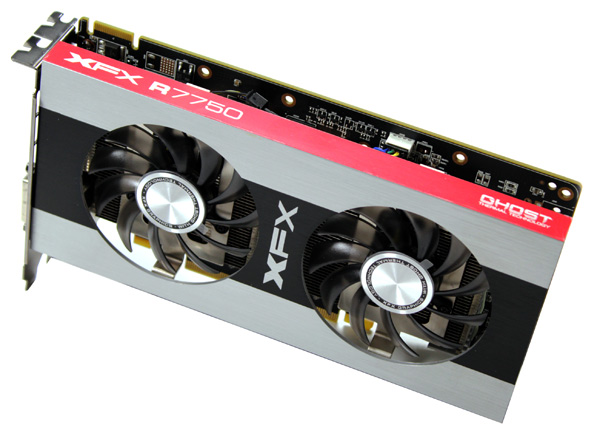
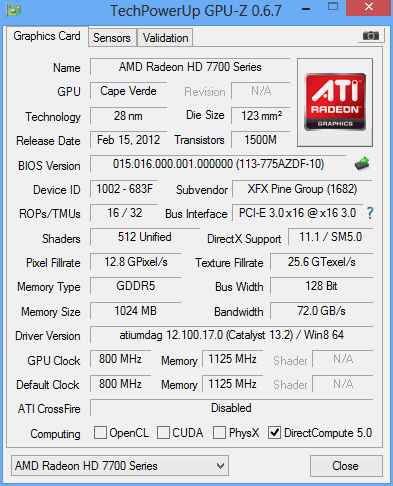
The second card we’ve got lined up today is the XFX Radeon HD 7770 Black Super OC, clocked at 1120MHz, making for a nice 120MHz overclock over the reference 1GHz clock. This card also features the Dual Dissipation cooler.
Using its non-reference cooler and Ghost technology, XFX managed to get a good balance between noise and cooling performance, which is sort of the point of non-reference designs.
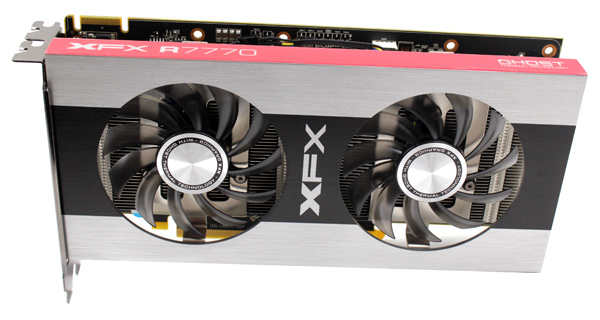
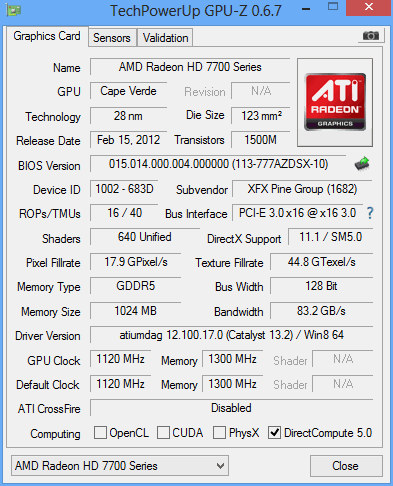
Next up, the XFX Black Edition Dual Dissipation Radeon HD 7850 975M ships overclocked to 975MHz, up from a reference clock of 860MHz. The memory ended up with a slightly lower overclock, from 1200MHz to 1250MHz (5000MHz GDDR5 effectively). All in all, this seems like a decent overclock that should result in a nice performance bump.
Another good thing about HD 7850 and HD 7870 cards is that AMD strapped the cards with 2GB of memory on a 256-bit memory bus, which will be of much use to gamers running 1920x1080.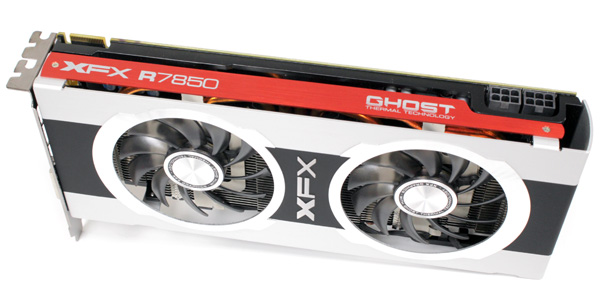
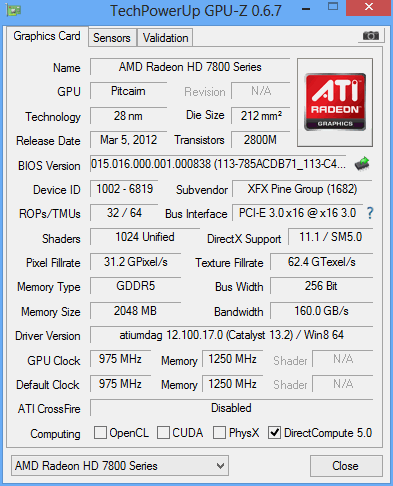
The XFX Black Edition Dual Dissipation Radeon HD 7950 runs at 900MHz, a nice 100MHz overclock over the reference design. Gaming at 1080p with this card is really truly enjoyable and thanks to the cooler, it was practically inaudible during our benchmark runs.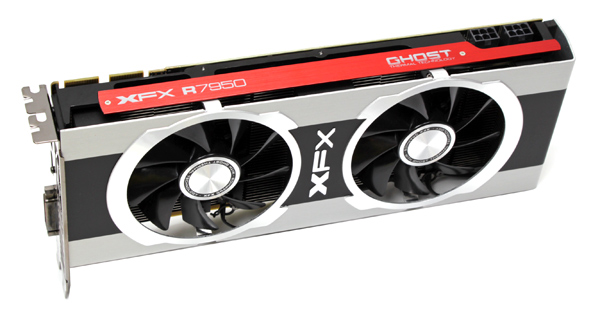
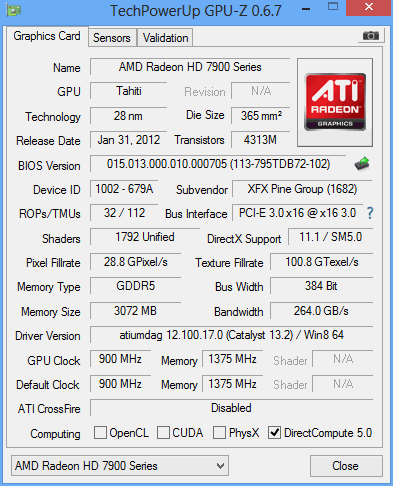
Now for some actual results. We tried out a number of games, including Crysis 3, Far Cry 3, Hitman: Absolution and a few others. 3Dmark is there as well. In the second part of our review we’ll cover some Nvidia cards and see how they measure up to XFX Radeons, so stay tuned.
